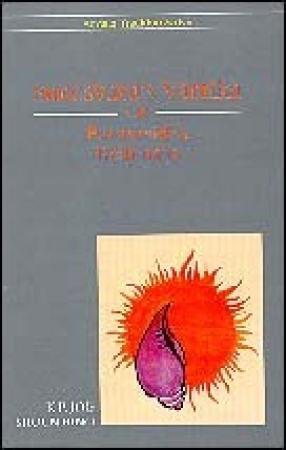
K P Jog

Showing all 13 books
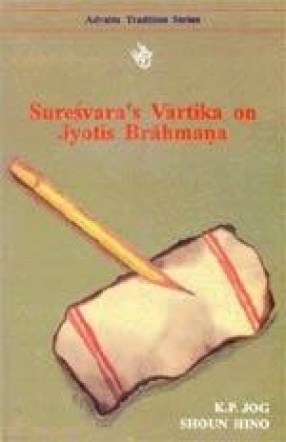
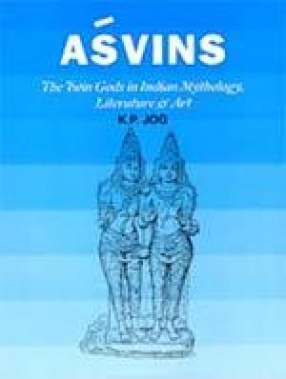

The purport of BU (BV) 2.1 is: The Brahman alone is TRUTH and only appears as this world comprising five elements, names and forms and sense-organs (pranas) that are related as causes and their means. Consequently, BU (BV) 2.2 and 3 explain the (real) nature of the pranas and the gods superintending over them, thereby seeking to explain prana vai satyam Finally, it is shown how the Brahman obtains as the twofold world murta 'what has form' and amurta 'what has no ...
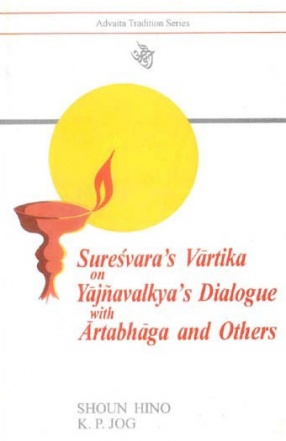
Here are presented together BUBV on BU ch.3 and ch.4. 1-2 which form the core of the philosophical thought of Yajnavalka. They relate to the disputes of the sage with a number of seers. In ch.3, the sage affirms the oneness of the individual self (Jiva) and the Brahman. This is, according to him, vijnanam anandam brahma. Then, in ch.4. 1-2, the sage begins to ascertain the truth (tattva) in his proposition, examining the nature of the experiences of an individual ...

The Brhadaranyaka is the biggest and most important one among principal Upanisads and contains numerous discussions of teachers, pupils, questioners and others. It is marked by philosophical speculations not opposed to but in conformity with a vigorous performance of rituals. The Brhadaranyaka reveals to us the towering personality of the great Upanisadic thinker Yajnavalkya who affirmed neti neti, i.e. indescribability of the Brahman, the ultimate truth. It is ...


This work is an outcome of the author’s research at the University of Bombay. It is an analytical, critical and comprehensive study of the mythology of the Asvins in Indian tradition. The book covers a large span of literature-from Rgveda to Iconographical texts. Also it contains exhaustive translations of the Asvin hymns from the vedic samhitas and the Mahabharata. The other text related to Asvins has been presented with critical notes. The present work ...

This is the concluding volume of 12 Volume serial publications, i.e., Advaita Tradition Series. Brhadaranyakopanisad (BU) 4.4 and, for that matter, Brhadaranyakopanisadbhasyavartika (BUBV) thereon are the logical sequence to BU 4.3 and also BUBV on it. The previous portion ended with a few passing remarks on the final stage in the life of a transmigratory being which is in contrast with that on the being’s having acquired the knowledge of the Brahman. This ...

This forms a necessary sequel to Dr. Hino's Dialogue of Yajnavalkya and Maitreyi in Suresvara's Brhadaranyakopanisadbhasyavartika 2.4 which declared that the knowledge of the true nature of the self (Atman) is the certain way to attain immortality.
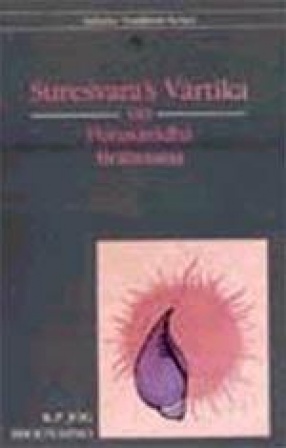
As a natural to the Udgitha Brahmana, pertaining to the combination of meditation and ritual, the Purusavidha Brahmana speaks of Hiranyagarbha as the Atman (self) and, in relation in relation to the same, of the excellent result of Vedic meditations and rituals which prepare the ground for securing the knowledge of the uniqueness of the Self. Thereby one attains liberation. This is converted by atmety evopasita 'One should worship (Hiranyagarbha, understanding it ...

The fifth and the sixth Brahmanas of the first Adhyaya of the Brhadaranyaka Upanisad form the finale of the discussion of Avidya which is the basis of man's Sastriya Vyavahara. It consists in the performance of rituals and meditations prescribed in the Srutis (and Smrtis). Thus, they presuppose a basic duality revealed through their mutual relation as the enjoyers and the objects of their enjoyment. These two Brahmanas explain this relation in great detail, ...

The Udgitha Brahmana forms a natural sequel to the Asva and Asvamedha Brahmana and marks a distict effort of the seer of the Brhadaranyaka Upanisad towards explaining the nature of Reality which underlies, or permeates through, all ritual activity. The Udgitha Upasana, looking apparently as some activity, leads the upasaka 'worshipper' to unity or oneness with the Udgitha which is nothing else then the Brahman.


It presents an analysis of the central concept of the Upanishads, viz. the Brahman, and discusses individual experience in state of working, dreaming and sleep and, therefore throws light on the nature of the inner sentence in him called Atman. Suresvara is considered master interpreter of Sankara's works and offered commentaries on philosophical systems - Nyaya and Mimamsa etc.
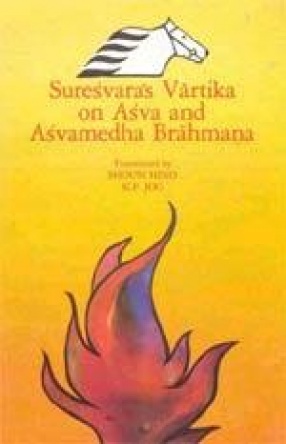
These two Brahmanas are actually Suresvara's exposition of Sankara's Bhasya on the first chapter of the Brhadaranyakopanisad. The chapter of the almost independent treatise, The Samhadhavartika, wherein he has dwelt upon the doctrine the ritual is also useful to one in one's effort to attain liberation, for it purified first the intellect and then the individual self, thereby paving way the rise of knowledge about the reality, i.e. to liberation.
